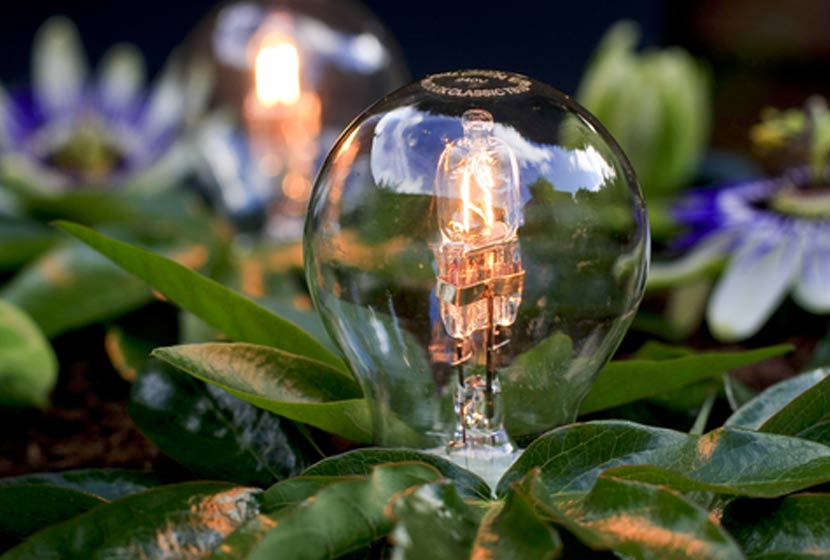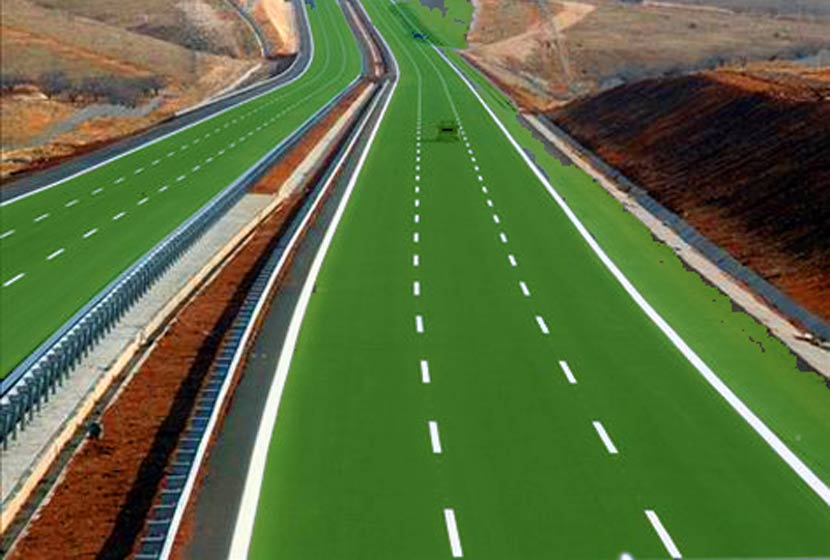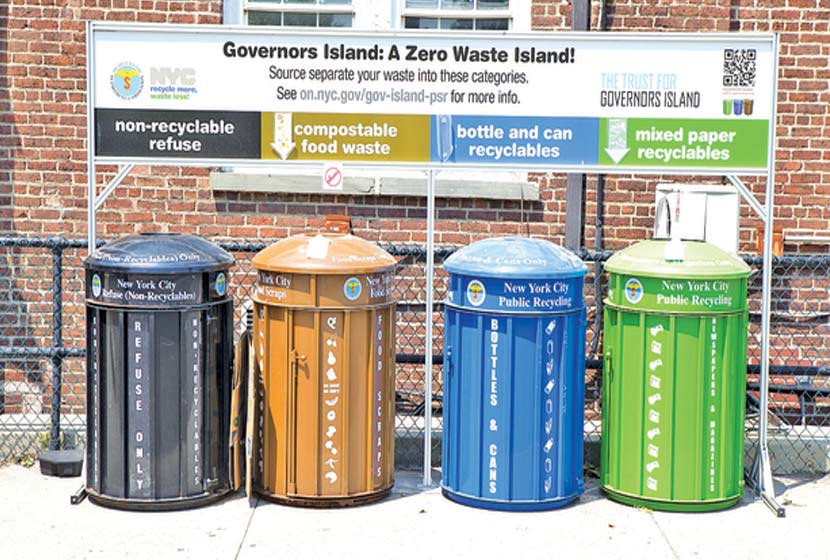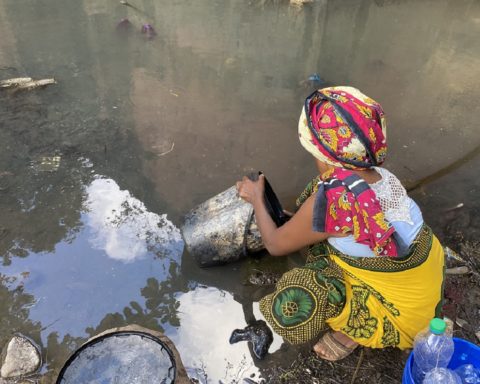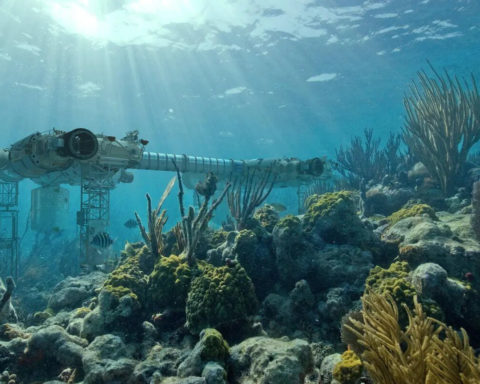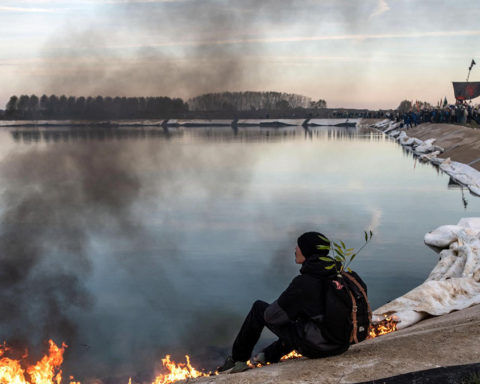Yesterday, Tuesday, April 14, and for two days, theADEME holds two days of reflection sur les énergies renouvelables dans le mix électrique. L’agence gouvernementale y dévoile une étude sur la photographie d’une France où l’électricité proviendra à 100% des énergies renouvelables qui puisse satisfaire la consommation projetée à l’horizon 2050. Une étude sérieuse et réaliste mais qui dérange, selon Greenpeace…
This study was financed by ADEME, with the contribution of the Directorate General for Energy and Climate, in the framework of reflections on the precise conditions and impacts that the implementation of an electricity supply with a high penetration rate of RE (between 80% and 100 % in energy) by 2050 would have on the horizon and in consultation with institutional actors: the Ministry of Sustainable Development and the Directorate General for Energy-Climate, companies (GDF, EDF and the Réseau de Transport de l'Electricité, RTE), as well as experts such as NégaWatt or Hespul, but also NGOs such as Greenpeace. In particular, it is RTE, the system operator which publishes the French electricity balance sheet every year, which has made its resources available to simulate the real-time balance between power supply and demand, to ensure that this 100% renewable network would supply electricity to users at all times (industry, TGV, businesses, households, etc.).
The issues addressed in the study include the following questions:
- Under what constraints is it possible to supply 100% renewable electricity?
- What are the optimal energy mixes, associated with the various projections of technological developments, consumption, etc.?
- How are the different renewable means of production distributed geographically?
- What are the economic impacts of a renewable 100% mix?
What prospects?
 The results of the study thus made it possible to assess the conditions and constraints associated with the prospect of achieving a highly renewable mix by 2050. On the one hand, it was verified that a renewable 100% mix could be robust to unfavourable weather conditions (notably windless periods over
The results of the study thus made it possible to assess the conditions and constraints associated with the prospect of achieving a highly renewable mix by 2050. On the one hand, it was verified that a renewable 100% mix could be robust to unfavourable weather conditions (notably windless periods over
the whole country, cold spells, or drought).
D’autre part, la possibilité de parvenir à une fourniture d’électricité 100% renouvelable a été étudiée pour plusieurs scénarios d’évolutions sociétales, en termes de niveaux d’acceptabilité ou de maîtrise de la demande.
En outre si la mixité des technologies exploitées n’est pas un prérequis absolu pour l’atteinte d’un objectif 100% renouvelable, il a été avéré que la complémentarité du solaire et de l’éolien, ainsi que la combinaison de stockages de durées plus ou moins longues était l’un des paramètres essentiel quant à la maîtrise du coût annuel de la fourniture d’électricité.
Many avenues remain to be explored today and in the coming months new case studies may be considered in order to answer questions such as :
– What would be the impacts of flexible industrial consumption? :
o Could the surplus be better valued, and in greater quantities?
o To what extent do the modelled foreign 80% RE mixes constrain the French optimised fleet?
o What would be the socio-economic effects associated with achieving such a mix, including the macroeconomic component (growth, creation of jobs, etc.)?
of jobs, redistributive effects on other sectors of the economy), and the energy/environment component (measures of externalities, energy independence)?
- How to complete the model with constraints not yet taken into account? :
o How to take into account a possible additional cost related to the extension of the distribution network?
o What would be the impact of a 100% RE mix on the distribution network?
o What are the impacts if we extend the use of synthetic gas produced by power to gas to non-electric uses (mobility in particular)?
o What would be the impacts of low social acceptability in relation to the network, land and marine occupation?
A disturbing study for the nuclear industry, according to Greenpeace
 The publication of this study would have been hesitant because of "the sensitivity of the political context of publication" to postpone its release indefinitely. Today's Greenpeace article explains why:
The publication of this study would have been hesitant because of "the sensitivity of the political context of publication" to postpone its release indefinitely. Today's Greenpeace article explains why:
"Mediapart, as early as last week, made it public (the study) by revealing that a 100% renewable electricity mix is very serious and realistic. It is not the seriousness of the study that is being questioned. It is what it shows that is bothering the nuclear industry in the context of the energy transition act, which, for the first time in 60 years, will choose to shut down nuclear reactors in France.
L’électricité 100% renouvelable en France, réalisable et économiquement abordable : Tout d’abord, et c’est le résultat le plus éblouissant, l’ADEME fait pour la première fois l’inventaire du potentiel de renouvelables en France – un potentiel quasi unique en Europe – largement capable de répondre aux besoins en électricité du pays. D’autre part, ce système électrique renouvelable proposerait des coûts d’exploitation largement compétitifs par rapport à ceux du maintien d’un système nucléaire comme celui qui existe aujourd’hui.
The ADEME study establishes a cost (excluding tax) of electricity from renewable sources in 2050 of between €100 and €120/Mwh. This is no more expensive than the cost of electricity produced by EPR-type nuclear power, which is already between 100 and 120€/Mwh (with a risk of an increase in the cost of electricity from renewable sources). in light of recent events ...), or by renovated old nuclear power (€133/MWh).
ADEME goes further than the Greenpeace scenario: In 2013, we published thehe first Greenpeace energy transition scenario for France.
In terms of wind production potential, the ADEME scenario is in line with that of Greenpeace: according to ADEME, in 2050, 250 to 300Twh of electricity will come from onshore or offshore wind power. We estimated this figure at 276TWh. This would require the installation of 15 to 20,000 onshore wind turbines, an objective that is largely achievable when we see that more than half of the world's electricity is generated from onshore wind.ept out of ten wind farm residents are satisfied with the installation of wind turbines.
ADEME is most promising in terms of solar production: between 60 and 100 TWh, according to its estimates, compared with only 52 TWh in the Greenpeace scenario published in 2013. The ADEME's projection is today quite legitimate in view of the strong cost reductions identified over the last two years.
Le savoir, c’est le pouvoir : Le 19 mai le débat sur la loi de Transition énergétique reprendra à l’Assemblée Nationale et le texte devrait être voté en juillet. Il s’écoulera ensuite quelques mois avant la publication de la programmation pluriannuelle de l’énergie, PPE, qui décrira le plan d’actions du gouvernement jusqu’en 2018. Ce plan devra fournir les moyens pour accélérer le développement des énergies renouvelables et le nombre de réacteurs fermés pour atteindre 50% de nucléaire d’ici 2025, in accordance with Mr. Holland's commitments!
This ADEME study shows that even within the government itself, no one can ignore the potential and benefits of renewables.
At this time of debate, it is more crucial than ever to carry out a transparent and rigorous inventory of the costs and technical performance of renewables, and to compare them with other means of electricity production such as nuclear power.
The United Nations climate conference in Paris at the end of the year must remind the government that the solution to climate change is action for renewables, and that this starts at the national level. »
(Source : Greempeace /14 April 2015)
To go further :
– Article » : Le mix électrique 100% renouvelable en 2050, est-ce réalisable ? »

